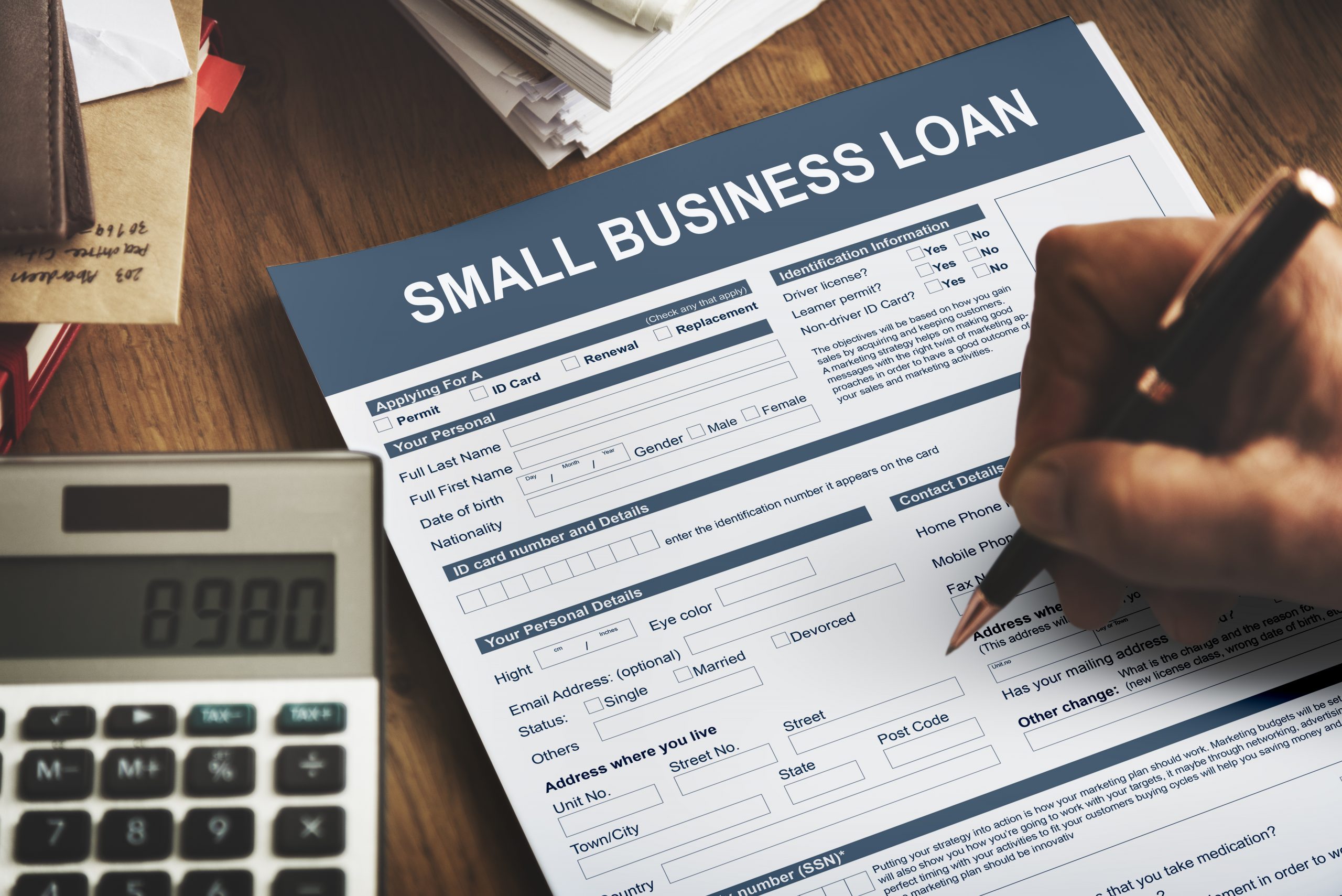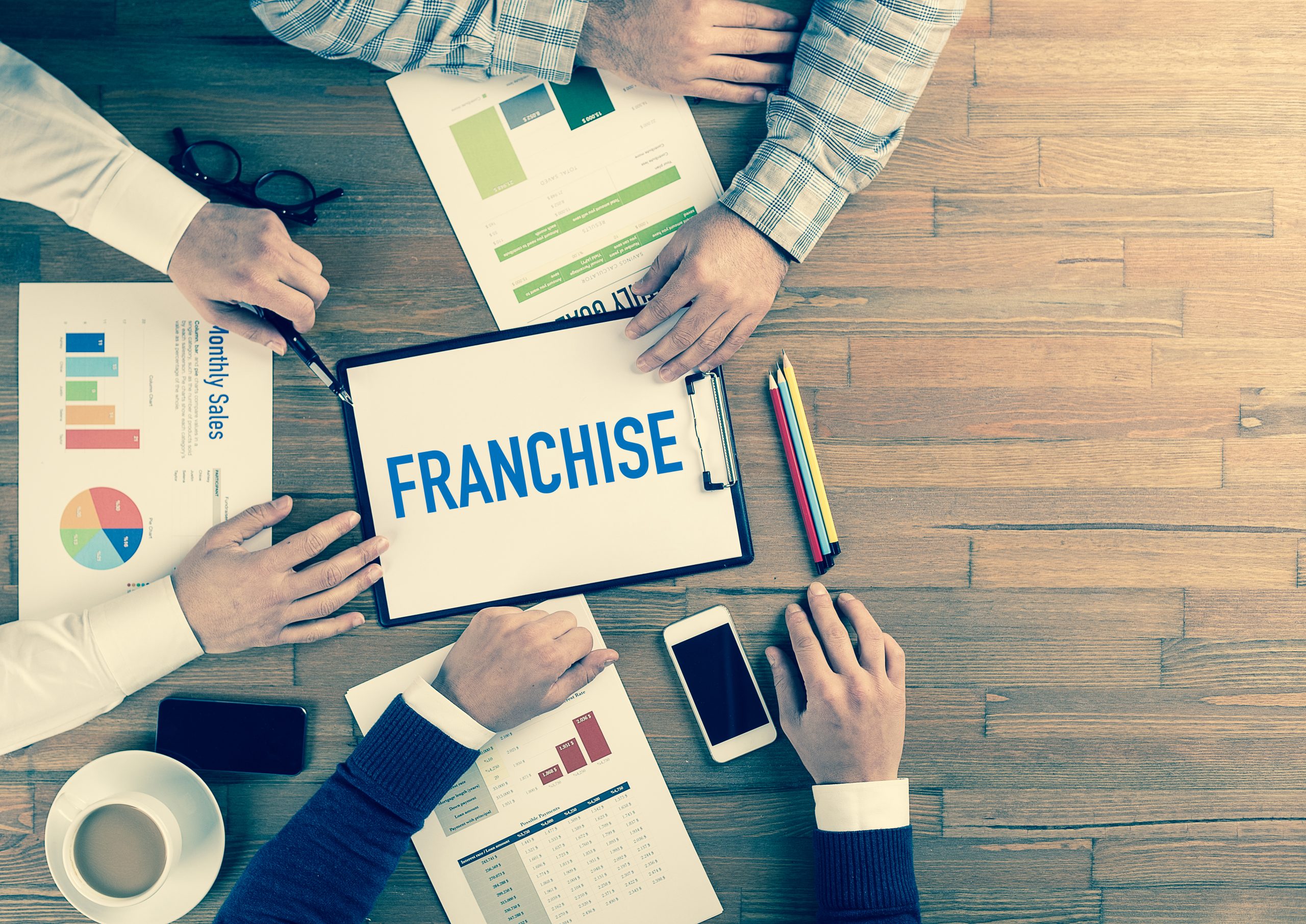The question of how to accept payments on your ecommerce site is not a simple one to answer. Credit card payments and PayPal payments are the two most popular ways to accept payments online, but they each have advantages and disadvantages (as do most things in life). This article will take a closer look at the advantages and disadvantages of accepting PayPal and credit cards on your website, both for you as a business owner, and for your customers.
The Contenders: Credit Cards vs. PayPal
As your parents probably taught you before you got your first credit card, when you use your card, you are essentially creating a promise between the merchant, the credit card company, and yourself. You authorize your credit card company to pay the merchant up front, and then you will pay the credit card company at the end of the month. If you can’t make the payment, the credit card company will simply charge you interest on the outstanding balance until you can pay off the money for your purchase and the accrued interest.
As compared with credit cards which were invented in 1950, PayPal has been around since the late 1990s. Best known as the default payment service on eBay, PayPal is now an independent company with 286 million users worldwide and over US$15 billion in revenue in 2018. PayPal users typically maintain a balance in their accounts, backed by one or more credit cards or bank accounts to handle any overdraft if your purchase exceeds the balance available in your account.
Why Credit Cards are Good for Consumers
Credit cards are available to consumers with good credit, bad, credit, or even no credit. Credit card companies are (almost) always willing to give out cards to new customers. After all, for the amount of interest some cards charge, it’s almost as if they want their customers to run up a credit debt.
Credit cards are often a more convenient and safer alternative to carrying cash. Running to an ATM every time a customer needs money can be seen as a tremendous inconvenience and can make someone a potential target for criminals. And, if a credit card is lost or stolen, one phone call can cancel the card and have a new card on its way, while any purchases made with a stolen card are generally not the responsibility of the victim. With cash, once it’s gone, it’s gone.
Consumers can use online web sites or mobile apps to manage their credit card statements. Customers often earn rewards in the form of points, air miles, or cash back that gives them an incentive to use their cards more.
Why Credit Cards are Good for Merchants
Taking credit cards is the most common thing that a merchant can do to make it easier for customers to pay for their purchases, both online and offline. Credit cards are so ubiquitous that it’s rare to find a merchant that doesn’t accept them, and consumers have come to expect this convenience from their favorite merchants. Merchants might even find that they lose sales opportunities if they don’t accept credit cards and the customer doesn’t have enough cash on hand to pay for their purchase.
Credit card companies deposit money directly into the merchant’s account, relieving them of the need to deal with customer checks or moving large sums of cash from the business to the bank.
More people have credit cards than PayPal accounts, by a wide margin. Therefore, t’s more likely that your customer has a credit card than a PayPal account.
Why PayPal is Good for Consumers
PayPal is already online. All a consumer has to do is enter their PayPal credentials and their transaction is complete. Consumers can make purchases anywhere; at home, at school, at work, or at the beach. They don’t have to pull out their card and enter long strings of digits every time. PayPal works as a debit system, so you can’t spend more than you have available, keeping you out of debt.
PayPal has a very strong purchase protection policy that their customers can rely on to prevent fraud or being scammed by unscrupulous people online. If someone is a frequent user of eBay, they’re familiar with the purchase protection that PayPal provides. Ebay merchants are very cautious to maintain a positive rating with their customers, and will be quicker to provide a refund than have a protracted argument with an unhappy customer. In addition, customers have zero liability for fraudulent charges.
Why PayPal is Good for Merchants
Paypal payments show up in a merchant’s account almost instantaneously. They don’t have to wait days or weeks for payments to be posted to their bank. And, transferring money from your PayPal account to your bank usually takes a day. PayPal’s reporting system is very convenient for merchants to be able to track their transactions.
Many people consider money in their PayPal account as disposable income. For people who accept PayPal payments from friends or side businesses, the money in their PayPal account isn’t typically thought of as part of a person’s finances. So purchases made with PayPal are much more likely to be luxury or nonessential purchases. If a customer doesn’t have to deliberate whether or not they can afford a purchase, chances are they’ll complete the transaction more quickly and with less likelihood of having buyer’s remorse.
PayPal was conceived as an online payment system, well before ecommerce became as popular as it is today. That means integration of PayPal with your web site is usually going to be easier to accomplish than integrating a credit card payment gateway.
PayPal does not have any signup fees or monthly fees for maintaining a PayPal account. They do take a percentage of a transaction, but this is comparable to the service fees that credit cards charge per transaction. For a new or small online business, PayPal is more affordable than credit cards when it comes to startup costs.
Why Credit Cards are Bad for Consumers
Credit card users can be easily drawn into making too many purchases and creating a debt load that is hard to dig out from under. This may give them pause before completing an online purchase by asking themselves if they really need whatever it is they’re buying.
If your online customer is sitting at their computer, with their credit card in another room of the apartment or house, they may not be compelled to get up to get their credit card in order to enter the information to complete the transaction. They’ll abandon their purchase or leave their items in the shopping cart to finish “at another time” which might not come at all.
Credit card fraud is one of the biggest problems facing online ecommerce transactions today. In case you didn’t know, a credit card number is an algorithm, or a formula for generating the number. That means that given the right digits, a credit card number can be guessed, or “tumbled.” While the secondary number, often called the CVV2 number, helps to prevent that type of fraud, it isn’t always effective.
If a credit card is tumbled, lost or stolen, the credit card company will hold the customer liable for $50 worth of the unauthorized purchases. This might be seen as unfair by consumers who are being held responsible for something they may have had no control over.
Why Credit Cards are Bad for Merchants
When a customer uses a card that offers rewards, the credit card company actually charges the merchant for the cost of the incentive. So, in addition to the monthly cost for the merchant account at the bank, the transaction fee, and the percentage of the purchase that the merchant has to pay to the credit card company cuts into the merchant’s profit from the sale. If you’re a large company with hundreds or thousands of credit card transactions per month, the volume of sales can help to mitigate those costs, but if you’re a small business just starting out, those costs could add up to a significant amount.
Setting up a payment system on your online ecommerce site may not be simple. You typically have to use a payment gateway, which may involve an additional expense in order to set it up and get it working, if you don’t have the web development skills to do it yourself. If your merchant bank account doesn’t come with an online payment gateway, you may need to incur an additional monthly expense, making it less cost-effective to accept credit card payments online.
Why PayPal is Bad for Consumers
PayPal, for all of its benefits, is still a company, not a bank. It is not regulated the way banks are, and that can be bad for their customers. If PayPal suspects anything improper about an account, they can suspend that account, effectively freezing the money. A consumer’s only course of action is to provide PayPal with whatever information they require in order to unfreeze an account. There is little if any legal recourse available to the consumer.
Banks offer interest on accounts that maintain a balance, which means that the money in a bank account has the potential to earn more money. This doesn’t happen with money in PayPal. It simply sits as a balance until used, without any earning potential.
Fraud exists in PayPal, and accounts can be hacked and the money depleted without the customer’s knowledge. Banks are required by law to be insured, so in the event a bank is robbed, the money deposited into bank accounts can’t be lost. This isn’t the case for PayPal; they avoid strict and protective bank regulations by not being a bank. Additionally, PayPal is a publicly traded company, which means that if controlling interest in PayPal changes at some point in the future, the terms of service may change without PayPal customers having any recourse.
Why PayPal is Bad for Merchants
As mentioned earlier, PayPal is well-known for siding with the purchaser over the merchant. They do this to maintain their reputation as an honest broker for online transactions, a reputation that is well-deserved. This means that any dispute occurring between a merchant and a customer means the burden of defending the transaction lies with the merchant. It’s usually easier for a merchant to forgo the dispute, rather than potentially causing a disruption to their business in the event PayPal chooses to suspend the activity of an account.
As with consumers, PayPal can freeze a merchant’s account for suspected fraudulent activity, causing thousands of dollars to be frozen without any recourse other than to do whatever PayPal says in the hopes of restoring the account to active status.
Because PayPal isn’t a bank, there are no regulations in place that protect your money held your PayPal account. Effectively it is their money, and they are just permitting you access to it. That privilege can be easily revoked or tied up in bureaucratic red tape.
Advantage: PayPal
PayPal has one advantage over traditional credit cards: you can use your credit card to make payments through PayPal. If you are ready to check out on an ecommerce site that takes PayPal, and you want to use a credit card because of the rewards, because you have no balance in your PayPal account, or you want to make a purchase for your online business and your accountant insists on you using your business credit card for all business purchases, you can. PayPal accepts credit card payments in lieu of using your PayPal account. Credit card companies can’t provide the same convenience. This gives PayPal an edge over traditional credit cards when deciding which service to offer your customers.
It’s always a good idea to provide choices to your online customers, so they can be comfortable doing business with your company the way they want to. When choosing whether to offer credit cards or PayPal as the payment fulfillment system for your online business,





